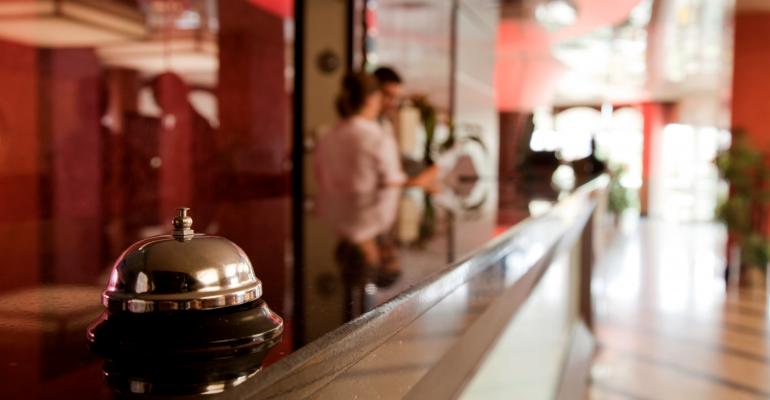The good times for the hotel sector are expected to keep on rolling, but they likely won’t get much better.
“We see continued growth—at a much slower level,” says Jan Freitag, senior vice president of lodging insights for data firm STR, based in Nashville, Tenn.
The hotel experts at STR have already had to cut their projections of how quickly the revenue produced by hotel rooms would rise in 2019. Now, they are preparing to lower their projections again, after the data from the first half of 2019 showed lower occupancies and room rents than expected.
“So far, 2019 has been another good, but not great, year for the average U.S. hotel,” says R. Mark Woodworth, senior managing director and head of lodging research for CBRE Hotels. “We attribute this, in part, to heightened uncertainty around the trade wars and reduced business confidence that was realized as a result.”
Fundamentals are still fine
In spite of these fears, eager travelers continue to fill hotel rooms across the country. “Hotels achieved an all-time-high occupancy level in 2016, and that has increased modestly since that time through the first quarter of 2019,” says Woodworth.
Occupancy rates have only increased modestly in part because developers keep opening new hotels, adding to the total inventory of hotel rooms in the U.S. by about 2 percent a year, according to STR. “That is the long-run, 30-year average,” says Freitag.
The demand for those hotel rooms is still growing, though not quite as quickly as in prior years. The U.S. economy is still expanding, but hotels in the U.S. may also be missing out on growth in global tourism. “It’s a lost opportunity,” says Freitag. Global travel continues to increase, and while the number of people travelling to the U.S. from other countries is also growing, it is not growing as quickly as in prior years. International travelers tend to stay longer and spend more on their trips than domestic tourists.
“We are obviously watching what the trade war with China means for tourism,” says Freitag.
Travellers have stayed a total of 629,322,061 room nights in U.S. hotels from the beginning of the year through the end of June. That’s up 2.1 percent compared to the same period last year, but it’s slightly slower than the pace of growth in prior years, according to STR.
“The room supply growth and the room demand growth are roughly in equilibrium,” says Freitag. “As occupancies start to decline slightly, hoteliers will not feel like they have a lot of pricing power.”
The average price of a hotel room is already growing more slowly than a few years ago. Every month from mid-2010 through the end of 2018 the average daily rate (ADR) for a U.S. hotel room was at least 1 percent higher than it had been 12 months before. That winning streak ended in 2019—month after month ADR growth has been below1 percent.
So far in 2019, the average occupancy rate has been roughly the same as last year. Based on numbers like these, STR plans to cut its revenue growth projections when it updates its numbers on August 15.
“None of this is a surprise at this point in the cycle,” Freitag says. “Eventually growth rates have to slow.”
Labor costs keep rising
The cost of running a hotel also continues to rise, particularly the cost of hiring workers. The cost of labor per available room rose by 4 percent in 2018 compared to the year before, according to STR’s Host Almanac.
Wages are likely to keep rising as hotels fight to attract workers. The number of open positions in the accommodations and food service industries rose to 935,000 in May 2019. That’s up from just 400,000 back in 2012. “It’s definitely the highest number we have seen in a long, long time,” says Freitag.
“The number of new hotel openings that will be occurring during the remainder of this year and into next, and the increased demand for employees that will result, suggests that this problem will continue to persist for some time,” adds Woodworth.
The cost of labor is growing a lot faster than revenue overall. Hoteliers have been able to offset some of the rising labor costs by charging customers more in fees. Miscellaneous income, including cancellation fees and resort fees, grew by 11 percent in 2018 compared to the year before.
“They feel that they can add additional revenue sources because room demand is strong and is expected to continue to be strong,” says Freitag.

